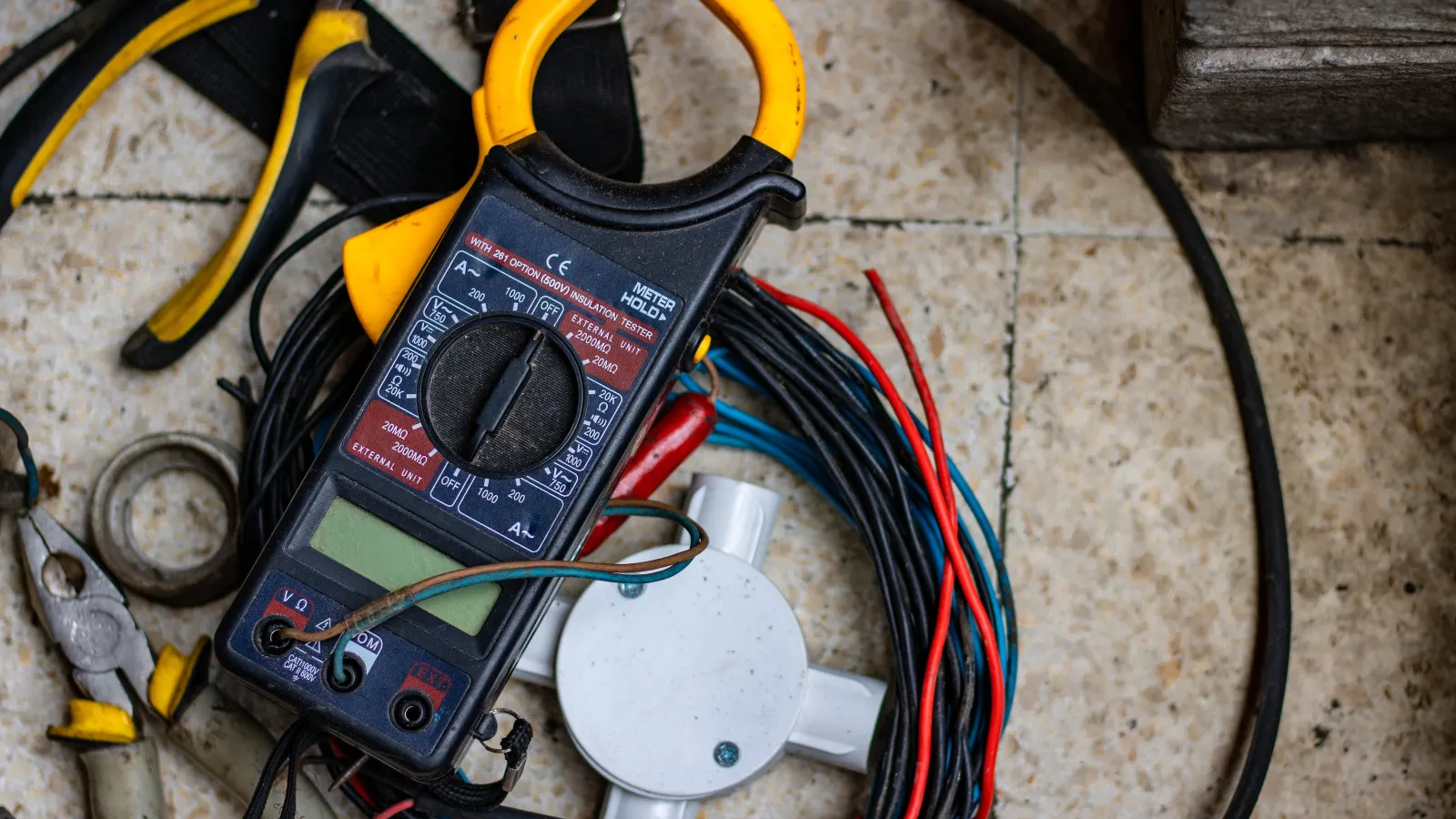What is Electrical Grounding?

What is Electrical Grounding?
Electrical grounding provides the most effective way for electricity to return to the ground. In essence, grounding offers a physical connection to the Earth for electricity to flow.
Originally, grounding started as a safety measure that helped prevent people from accidentally coming in contact with electrical hazards.
In addition, electrical circuits connect to the ground for a few reasons. First, the main power (or standard AC electricity that powers homes and businesses) connects to the ground for safety. Any exposed metal parts connect so if any faulty conditions occur, the "line" supply of power disconnects. However, the protective equipment requires proper installation for complete disconnection. Protective equipments means a whole house surge protector or other overload device that protects home electronic equipment.
"Electrical grounding prevents harm to people that come in contact with dangerous voltage.In electrical power distribution systems, a Protective Earth (PE) conductor is an essential part of the safety provided by the earthing system."
At times, electricians reference grounding and bonding. For reference, these terms are similar, but different.
- Ground/Grounding - Any direct conducting connection between an electrical circuit or equipment and earth.
- Bond/Bonding - The permanent connection of metallic parts to form an electrically conductive path.
*For example, an electrical service panel grounded while the telecommunications rack remains bonded to the grounding system.
Why Electrical Grounding is Important?
Grounding makes a difference in the service life of any electronic equipment. What does this mean? The longevity of electrical devices relies on the quality of electricity that powers the device.
For example, a normal complaint about commercial and residential owners of electronics remains downtime. And the number one reason for downtime remains poor power quality. In fact, according to research from the utility industry, power quality is at an all-time low. And, with deregulation taking place, expect electricity quality to get worse!
Additionally, a low impedance electrical grounding remains imperative for proper surge protection and power quality. Plus, routine checks and/or updates, as needed, helps ensure the long-term safety of your home or business. For example, electrical grounding helps:
- reduce interference and line noise.
- improve power factors.
- reduce the risk of accidental electrocution.
- decrease potentially damaging harmonics.
- improve the efficiency and durability of surge protection equipment.
How Does Electrical Grounding Work?
In electrical grounding, the current flows from the electrical panel to the outlet or connected devices that receives the electricity and powers up. Next, the ground wires provides an additional path for the current to flow back to the ground without exposing anyone to danger. If the circuit shorts, then the short would cause the current to flow through the ground wire, which would blow the fuse or trip the circuit breaker.
The Spruce provides an overview of the process:
"A properly grounded circuit has boxes, devices, and service panel grounds that give the electrical current the easiest path to ground and that reduces the chances of someone getting a shock or getting electrocuted. Household electrical systems are required by the National Electrical Code to have a grounded system connected to earth ground via a ground rod."
What are the Dangers of Improper Electrical Grounding?
Importantly, the primary danger of improper electrical grounding is electrocution.
Therefore, all homeowners must ensure that standard appliances and electrical devices remain properly grounding. For example, electrical boxes, power tools or even extension cords present potential dangers if no path to the ground exists. As The Spruce elaborates:
"Without a ground wire, your body may complete the ground path and you may be shocked or electrocuted. In older homes with cloth wrapped wire or in homes with knob and tube wiring, this is the case...newer appliances and some tools come equipped with a three-pronged cord, incorporating a ground for protection. Remember, any contact with a metal box, appliance, or electrical panel that has no ground can potentially make you the ground connection, so be extra careful!"
Does Electrical Grounding Require Professional Electricians?
Yes! To understand why an experienced electrician must install or inspect the grounding of any home or business, please find an outline of the required steps.
First, an electrician must take a measurement of the resistance, which differs between every location. Electricians must determine the best way to lower resistance in accordance to NEC codes based on the amp capacity.
Next, based on the ground conditions, an electrician must install a ground rod.
- Drive a new service entrance ground rod.
- Bond a new rod and the existing rod together.
- Drive the rod deeper.
- Create a Ground Grid.
- Create a Trench Ground or Ground Ring.
Additionally, request routine inspections because wiring corrodes or loosens over time. As the experts share:
"It makes a substantial difference in lowering resistance to ground if these connections are inspected for oxidation, cleaned up, and tightened down."
Any questions? Contact Snappy to help inspect your home electrical system, including your electrical grounding, which is part of our 40 point home electrical inspection!

